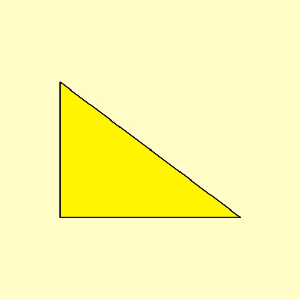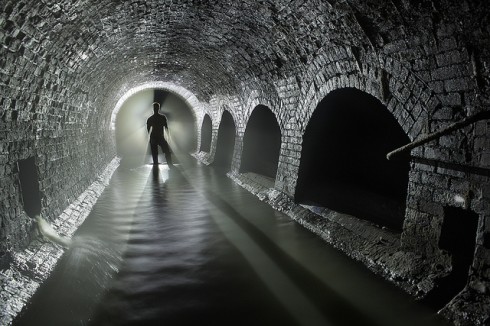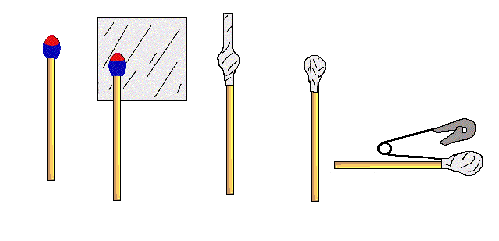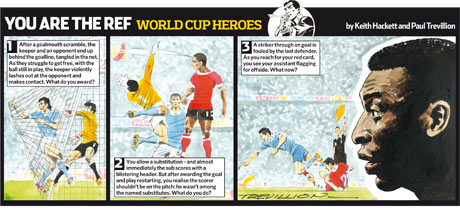
Elegant in its simplicity but profound in its application, the Pythagorean Theorem is one of the fundamentals of geometry. Mathematician Alexander Bogomolny has dedicated a page to cataloging 93 ways of proving the theorem (he also has, on a separate page, six wrong proofs).
Some of the proofs are simple and elegant. Others are quite elaborate, but the page is a nice place to skim through, and Bogomolny has some neat, interactive applets for demonstrations. The Wikipedia article on the theorem also has some nice animated gifs that are worth a look.
Cut the Knot is also a great website to peruse. Bogomolny is quite distraught about the state of math education, and this is his attempt to do something about it. He lays this out in his manifesto. Included in this remarkable window into the mind of a mathematician are some wonderful anecdotes about free vs. pedantic thinking and a collection of quotes that address the question, “Is math beautiful?”
Mathematics, rightly viewed, possesses not only truth, but supreme beauty — a beauty cold and austere, like that of sculpture, without appeal to any part of our weaker nature, without the gorgeous trappings of painting or music, yet sublimely pure, and capable of a stern perfection such as only the greatest art can show.
– Bertrand Russell (1872-1970), The Study of Mathematics via Cut the Knot.




